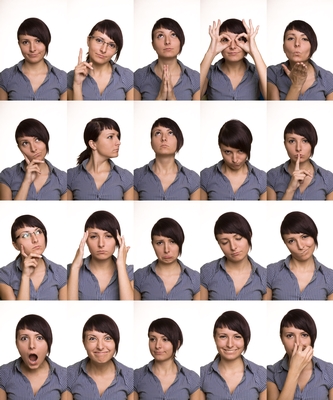If the Oxford English Dictionary is already tracking a word (in its online version), then we call it a fact of life.
In August, the word “selfie” debuted in the OED, though Russian Grand Duchess Anastasia probably counts as the first perpetrator (in the early 1900s) of the “self-portrait photo, taken with a hand-held camera or smartphone.”
It’s so popular today that Time magazine named it one of its top ten buzzwords last year. And numbers don’t lie: 23 million photos have been uploaded on Instagram with the hashtag #selfie (versus 51 million with the hashtag #me).
 Wait: Further proof that the millennium’s second decade is “all about me” lies in the growing numbers of self-tracking smartphone apps. Once apps are active, users can count sleep gained, food digested, fitness goals achieved. These seven thousand-plus devices are wearable, tote-able, and generally affixed to almost any part of the body, quantifying and qualifying how an individual’s day is going. [Like a smartphone, but oh-so-much-more personal.]
Wait: Further proof that the millennium’s second decade is “all about me” lies in the growing numbers of self-tracking smartphone apps. Once apps are active, users can count sleep gained, food digested, fitness goals achieved. These seven thousand-plus devices are wearable, tote-able, and generally affixed to almost any part of the body, quantifying and qualifying how an individual’s day is going. [Like a smartphone, but oh-so-much-more personal.]
In a related bit of I/me research: University of Texas research academicians probed the use of the word “I” versus “we.” Surprisingly enough, professors found that those saying “I” more frequently were less powerful and less sure of themselves. Those adopting the “we” language were higher status, preferring to look outside on the world, not inside.
To us, selfies, self-tracking, even the “I” word could be seen as the ultimate symbols of self-absorption – among all generations, not just Millennials or Boomers. For sure, today’s economy alone would prompt that “let’s take care of me first” feeling. As would the boom of social “me” media, from Twitter and Facebook to Snapchat and Vine. It’s something that we as communicators and marketers need to be more conscious of and more deliberate about … regardless of the reasons for self-focus. After all, an inward perspective – am I genuine, am I honest? – is always a subject worth probing, with ourselves and with others.
